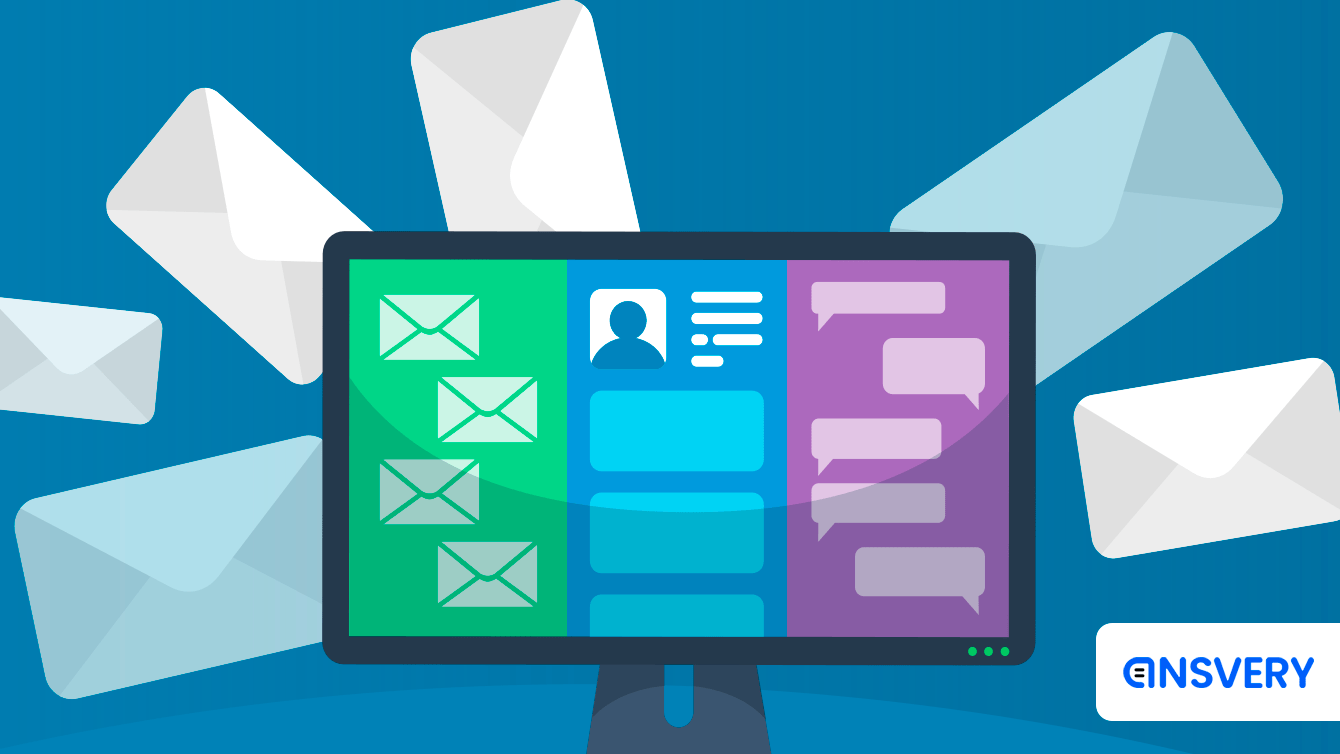How to Make a Successful Support Strategy: A Step-by-Step Guide
When you are creating a whole service from scratch, you may be at a loss, not sure where to begin.
Let’s talk about what steps you need to take to make your support a success.
Consider your audience
This is an obvious step since your audience is why you have support in the first place.
Remember who your game or app targets. Do you know what age groups will be most interested in your project or what part of the world they represent? Is there something special that makes your audience stand out as a group? Perhaps, you are trying to appeal to hypercasual players or have created an app for fitness fans.
Take the number of your users into account – both the current and the projected ones. The more successful your project is, the more support requests you will get – even if your app or game is close to perfection. When you are just starting, your audience may not be vast, but it is wise to plan ahead.
Select your channels
Decide which channels you want to use as your contact points and how you wish to organize them. The most common are email and an in-app chat. You will also need to add social network accounts if you want to form an active community. Again, turn to your audience when you choose social platforms for your official pages. Try to find out which ones they prefer, and do not forget to study the current trends.
Another crucial factor to consider is your resources. Take on only as many channels as you can easily handle.
Find your tone of voice
Your support's tone of voice will depend on your audience, the concept of your project, and the image that your brand wishes to present to the customers. As an outsourcer, we can see how important it is for an app/game creator to find a relatable and appealing voice that users can trust. If you have released a survival game, you can match your support's tone to the overall dark mood of the game. However, if you promote an app for painters and designers, your speech patterns will be light and elevated, and your language – creative.
The strategic thing here is to decide upon the nature of your voice in the very beginning and apply it consistently to all your communication channels.
Read more: Why it is Crucial to Train your Agents
Set up your tools
First, you need to choose a help desk from a considerable variety presented on the market. To find your perfect fit, define your needs and cross-reference them with your budget. Don't try to get all possible help desk features at once – they may sound appealing, but you need to take only those you cannot do without at this stage.
The same goes for help desk automations. They can considerably ease your agents' workload: save them from routine tasks and bring order and structure to the procedures. On the other hand, some bots for more advanced purposes still require a lot of education and fine-tuning. In the case of conversational bots, for example, the efforts you spend on making them work properly may exceed their benefits. So, it seems bots will not take over humanity just yet, but they can definitely be of use to your supporters.
We also find that introducing specially designed tools can endlessly improve support processes. Automated ticket classification and distribution, links to your knowledge base, and real-time statistics make agents' work significantly more efficient.
Define your benchmarks
You can use some well-known metrics to set your UX objectives.
For example, giving your customers timely responses is vital, so make your First Response Time as short as possible.
Users do not like waiting for a solution either. The Issue Resolution Time metric will tell you if your processes are up to the task or if you need to speed things up.
CSAT (Customer Satisfaction Score) can show if your users enjoy their support experience.
CES (Customer Effort Score) will demonstrate if it is easy enough for your users to get help.
One-Touch Resolution, Two-Touch Resolution, and Multi-Touch Resolution Scores will tell you how many replies it takes to solve various issues. This way, you will know if your customers have to deal with unnecessary back-and-forth.
You can also introduce and follow some internal KPIs that demonstrate your agents' efficiency and productivity. For example, the number of tickets per hour and the time it takes to compose a reply are worth checking.

Organize your team
Arrange your agents' schedules so that their working hours fully cover the periods of user activity. Calculate your resources so that if an agent is absent for some reason, it does not influence the overall productivity.
Your support team can function as a single line or have several tiers depending on which way allows you to organize the agents' efforts most efficiently.
For example, if a team lacks tools and time-saving algorithms for checking customers' purchase information, it is expedient to set up a second tier for payment issues. This arrangement would benefit the ticket resolution process in two ways. On the one hand, first-tier agents will not spend an excessive amount of time dealing with complicated issues, thus resolving more requests. On the other hand, payment issues will instantly get to the professionals who know the specifics of these problems like the back of their hand and do not get distracted by more general requests.
We at Ansvery also like to introduce additional roles to make our processes more effective. For example, a senior agent can look after the shift when the manager is absent and acts as a single contact point for the manager, the agents, and the client.
Structure your data
It's best to devise a system of storing and organizing the project data when you just start working with the game or app and not wait for the amount of info to grow. We find that an efficient way of working with data shortens ticket processing time, makes training easier and allows agents to make fewer mistakes.
Build a connection with other departments
Establish communication and maintain constant contact with the project developers to resolve issues quickly. Define your contact procedures, set up channels, and appoint someone responsible for the exchange of information on both sides. Discuss how you will act in unusual circumstances and arrange for all new feature information to get to the support team as soon as possible. For example, we always ask to have the description of an in-game event before the users do. This way, we can study the content, find any possible friction points, consult the dev team, and prepare responses in advance. So when the users contact us, we can deal with their issues at once and increase their satisfaction.
Read more: How to Collect Data on Bugs and Hand It off to Developers
Think long-term
- Account for possible activity spikes. In time, it may be possible for you to predict them, especially if they are connected with the nature of your product. For example, certain features in one of our client's projects determine a precise time for activity spikes. Once we've established that, we could adapt accordingly and make sure that we always keep to the SLA.
- Use the same universal approach and logic when creating your support system and structuring data. This way, you will not have to deal with chaos and restructure everything from scratch when your project grows.
- Always keep an eye on your workflows and analyze their efficiency. Use every opportunity to streamline and make your operations more productive. You can adjust your help desk settings and ticket processing algorithms, add more automations, make access to data easier, and organize a tagging system and ticket classification and prioritizing. These measures can help cut ticket processing time and response time, reduce agent effort, amplify efficiency, and remove the necessity to hire extra agents.
- Invest in Quality Assurance and agent training. When your employees grow, your business grows with them. We have noticed that not only does a creative training program improve response quality dramatically, but it empowers your agents and allows them to seek unique solutions to tricky situations. At the same time, competent QA specialists help forge an ecosystem where agents feel not controlled but supported and assisted, and that produces impressive results.
Conclusion
All the steps we have described above constitute a lot of work. And, frankly, it is only the tip of the iceberg. A lot depends on the nature of the project and your long-term goals.
You can follow our guide to set up your initial support service and get ready for future developments.
But, of course, you can contact us to get our support outsourcing service, and with it quality performance based on experience and long-term expertise.
Read more: Why Outsourcing Customer Support Can be Great for Your Business




